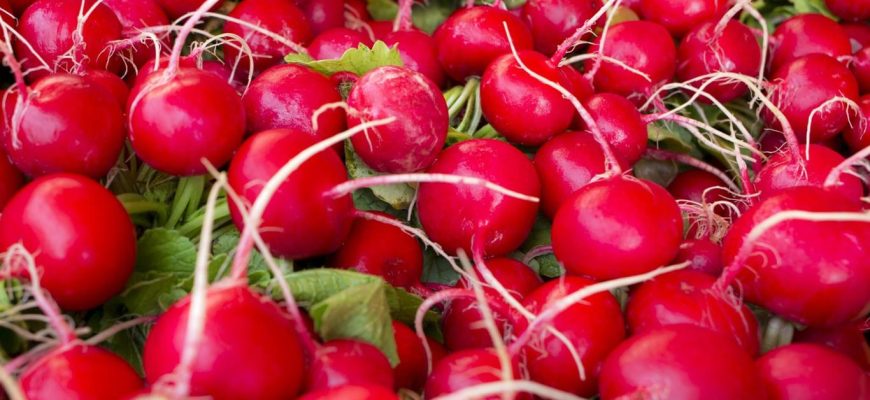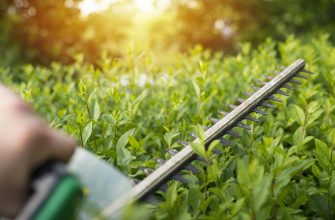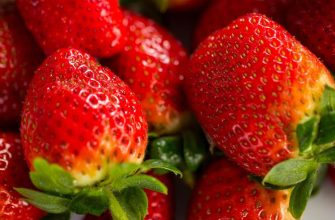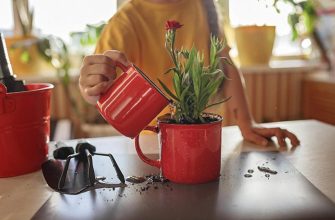Radishes are one of the fastest-growing and easiest vegetables you can grow, and they bring instant gratification to even novice gardeners. But what is the key to perfect radishes that are crunchy, juicy and just as spicy as we like them?
There are many aspects to growing vegetables that can be confusing to the novice gardener. One proven way to increase yields while reducing pest problems is to grow different types of vegetables in combination.
Today we will focus on a specific combination: growing radishes and carrots together. This method not only optimizes space and time, but also brings a number of other advantages that may come as a surprise to many gardeners.
Radishes are a popular and fast-growing crop known for their crunch and slightly spicy flavor. Carrots, on the other hand, take more time to mature, but their sweetness and versatility in the kitchen make them a staple in gardens. Growing these two crops in close proximity to each other can bring benefits to both.
Vote in the Recipe poll and win!
close
The traditional reader poll is back. Vote for your favorite company and we’ll enter you into a draw for valuable prizes.
I want to get involved
Natural pest repellants
One of the main reasons gardeners plant radishes and carrots together is their ability to protect each other from pests. Radishes germinate quickly and give off a strong fragrance that can deter insect pests such as aphids and carrot flies, which often attack young carrot seedlings.
The carrot fly is particularly dangerous for carrots because its larvae feed on the roots of the plants. However, the strong smell of radishes can confuse these pests and discourage them from laying eggs nearby. In this way, the radishes act as a natural repellent, while the carrots benefit from a lower incidence of harmful insects.
Optimization of space and time
Another reason for growing radishes with carrots is the efficient use of space. Radishes are a fast-maturing crop, usually within three to four weeks, allowing gardeners to harvest before carrots need room for full growth.
This means that while the radishes are being harvested, the carrots have plenty of time and space to develop below the soil surface. It also helps keep the soil loose and breathable, which is essential for carrot growth. This harvest cycle allows gardeners to use the bed effectively throughout the season, maximizing production and reducing the need for additional open space.
Improvement of soil conditions
Growing radishes can also have a beneficial effect on soil structure. The rapid growth of radishes and their root system helps keep the soil fluffy. When radishes are harvested, they leave behind small cavities that improve air and water circulation in the soil.
This is very beneficial for carrots, which prefer deep, well-drained soil for optimal growth.
Common mistakes when growing radishes
Although growing radishes is relatively easy, there are certain mistakes gardeners should avoid. One of the most common mistakes is too much thickening of radish seeds when sowing. Many gardeners sow seeds too thickly and do not pay enough attention to thinning, that is, removing excess seedlings after they germinate.
Radishes need enough space between individual plants for proper growth and root development. Overcrowding can lead to small, misshapen radishes and reduced production.
Another common mistake is insufficient watering. Radishes need a consistent supply of water for even growth. Lack of water can make radishes woody and less flavorful. On the other hand, too much water can lead to cracking of the roots or the development of root rot.
Growing in unsuitable soil is another common problem. Radishes prefer rich, well-drained soil. Growing in heavy, clay or poor soil can limit growth and cause plant health problems, including susceptibility to disease.
Finally, incorrect harvest timing can result in unsatisfactory quality radishes. Radishes should be harvested as soon as they reach the right size—usually when they are about the size of a large grape.
Harvest too early means the radishes will not be fully developed, while harvesting too late can lead to overgrowth, meaning the radishes will be too large, woody and unpleasant to taste.
Source: izahradkar.cz










